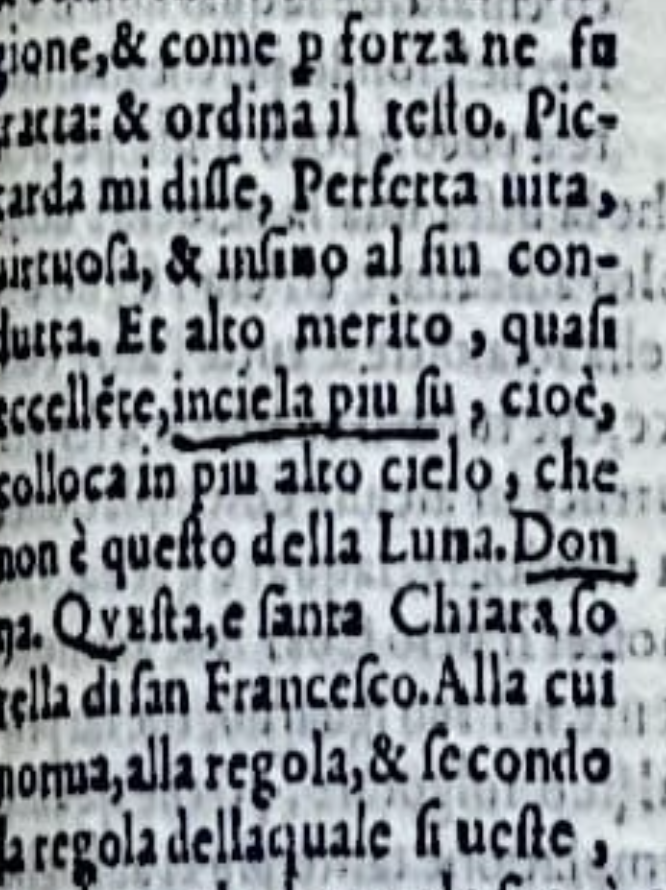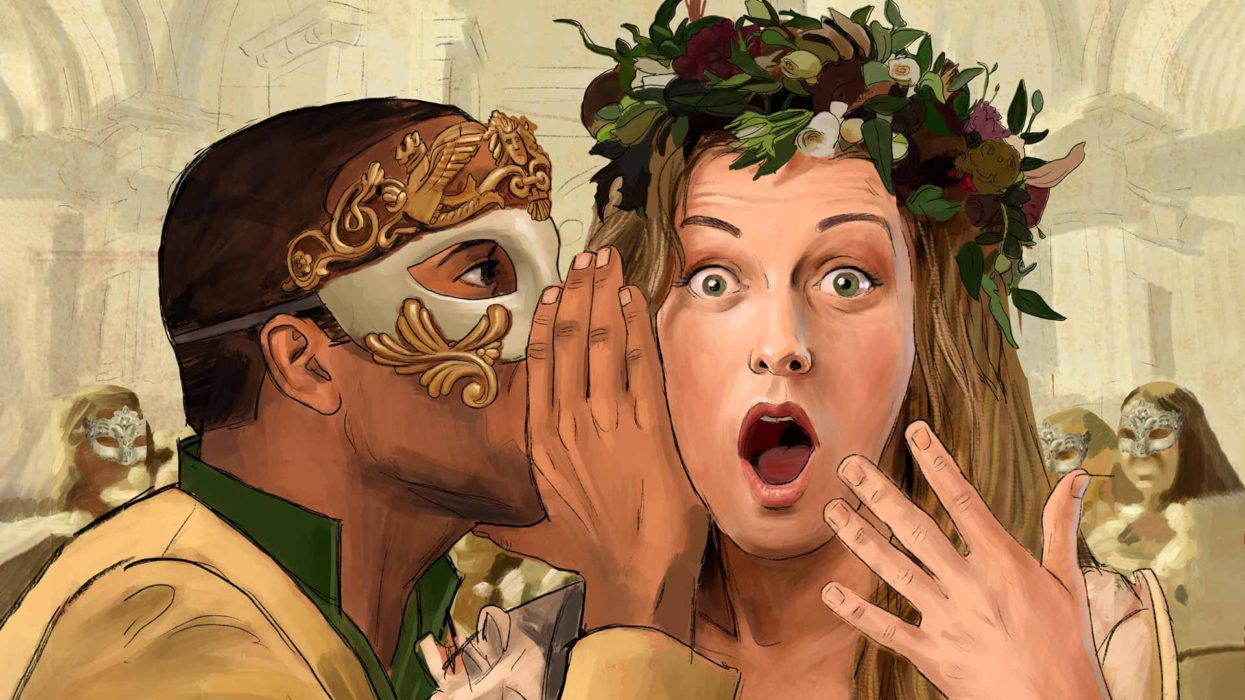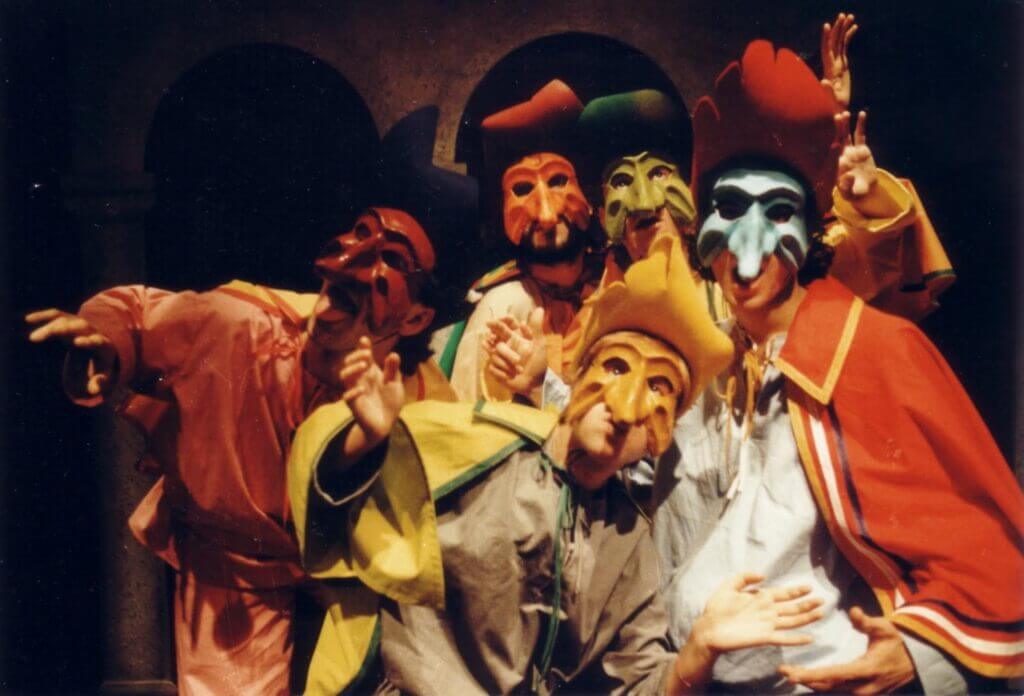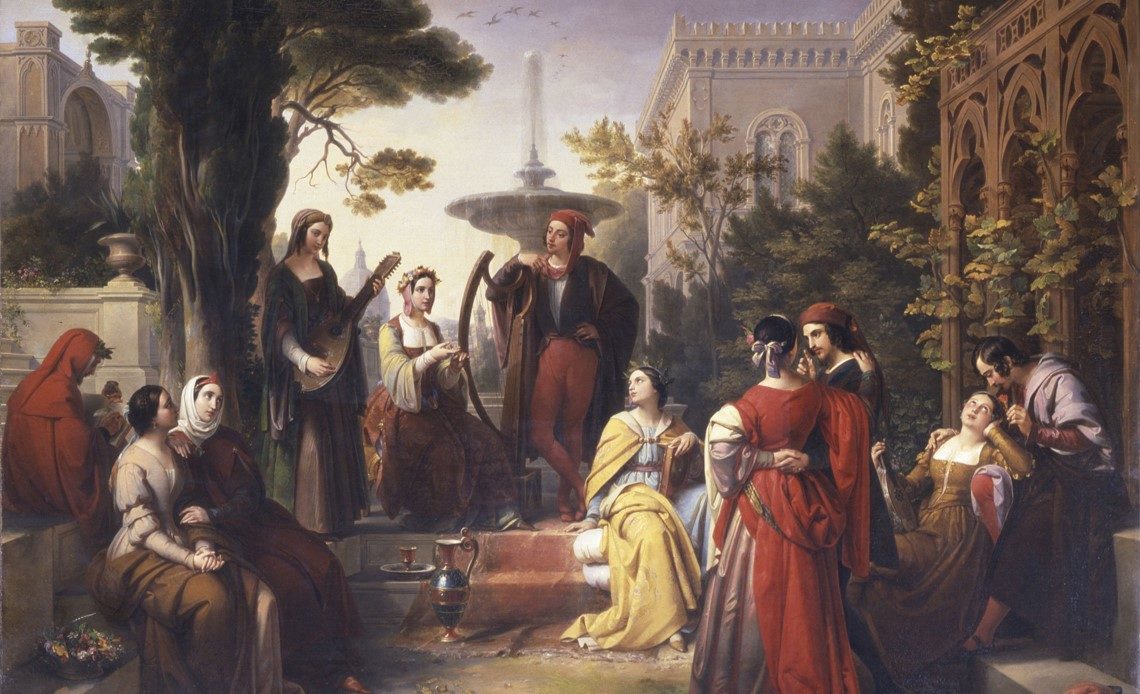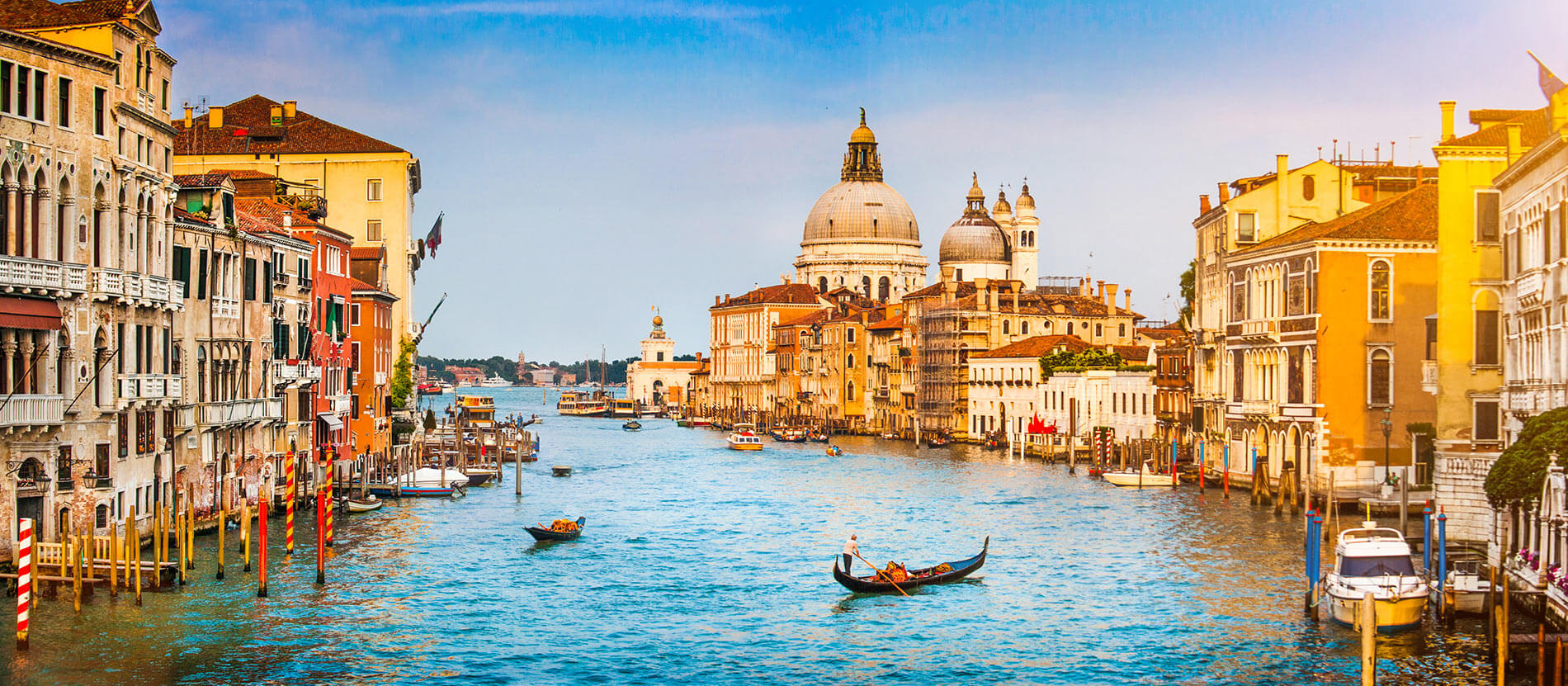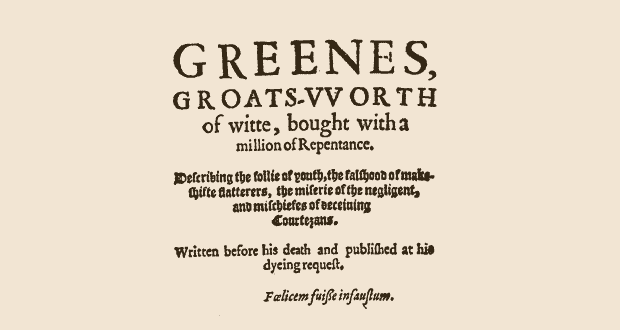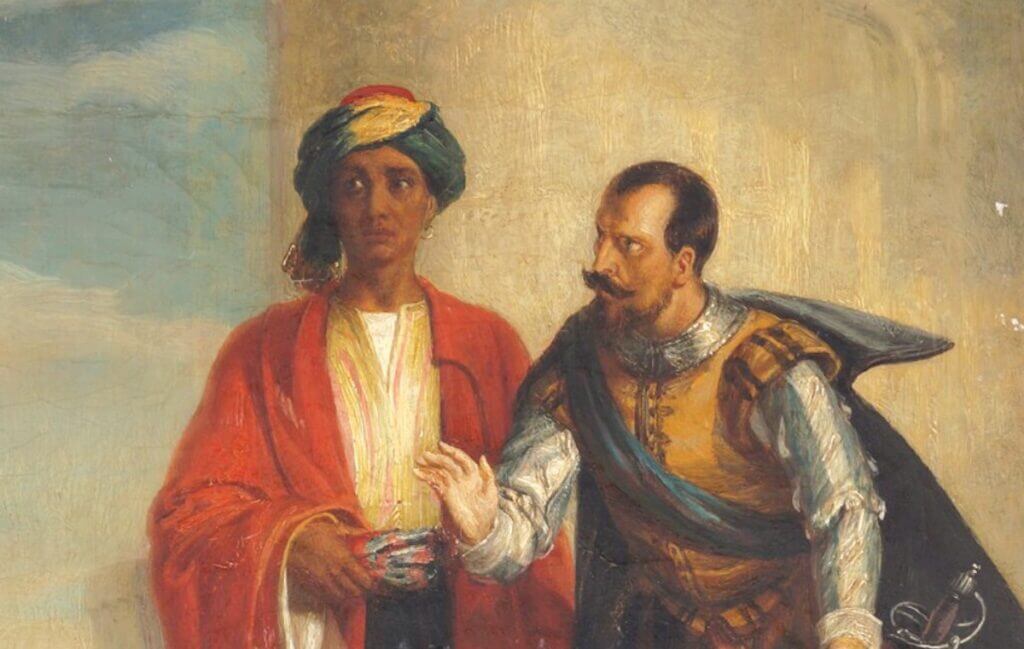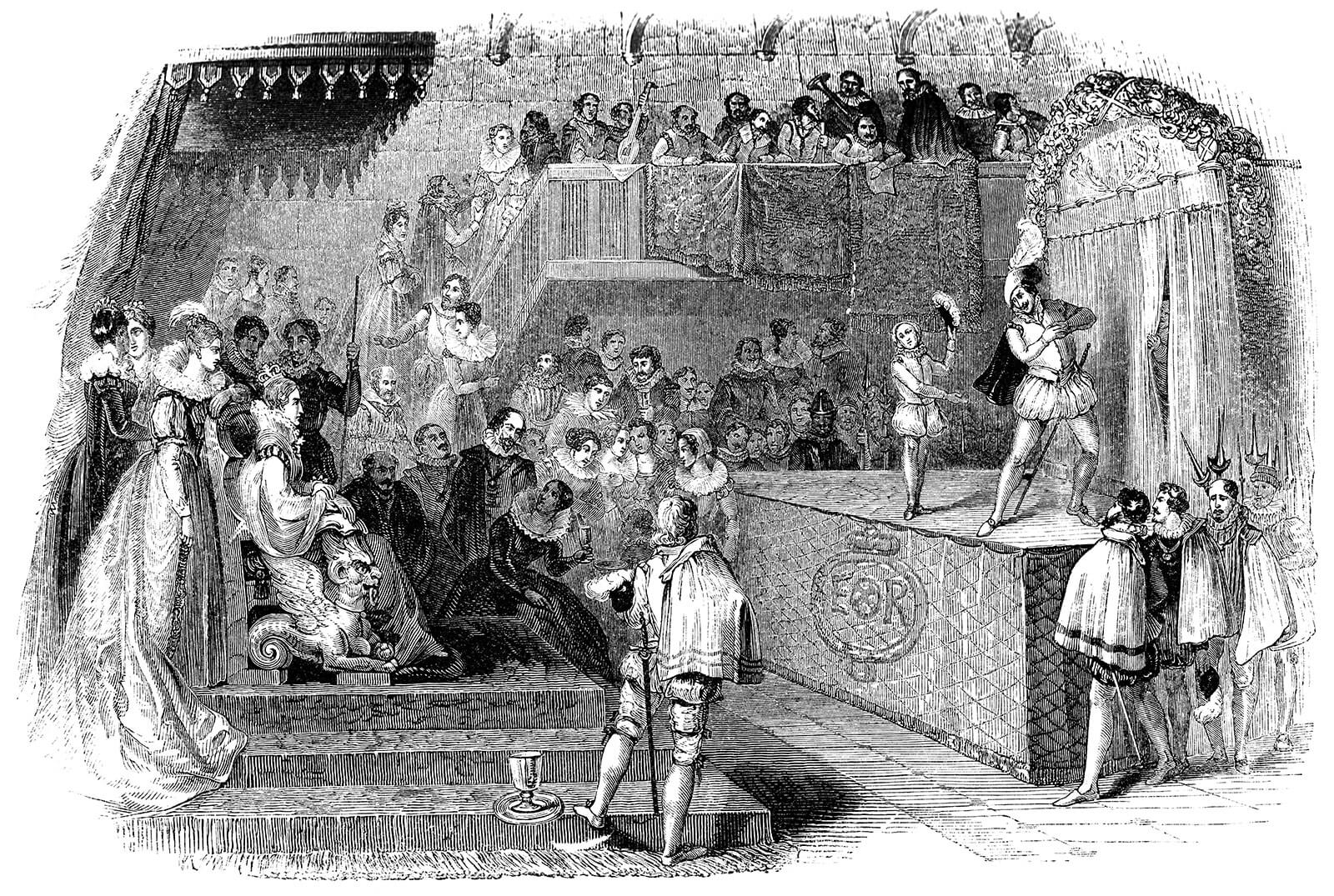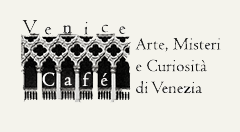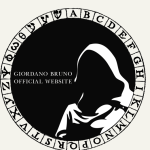“Florio’s Dante and the lost library” Live Streaming on Youtube – 6th April 5 PM GMT
A groundbreaking discovery has sparked academic debate: Marianna Iannaccone, at the British Library in London, has uncovered the long-lost Dante of John Florio! The news has caused a stir, making headlines in major national newspapers. 🗓 On April 6th at 5:00 PM (GMT Timezone), this extraordinary revelation will be presented to the public for the […]


